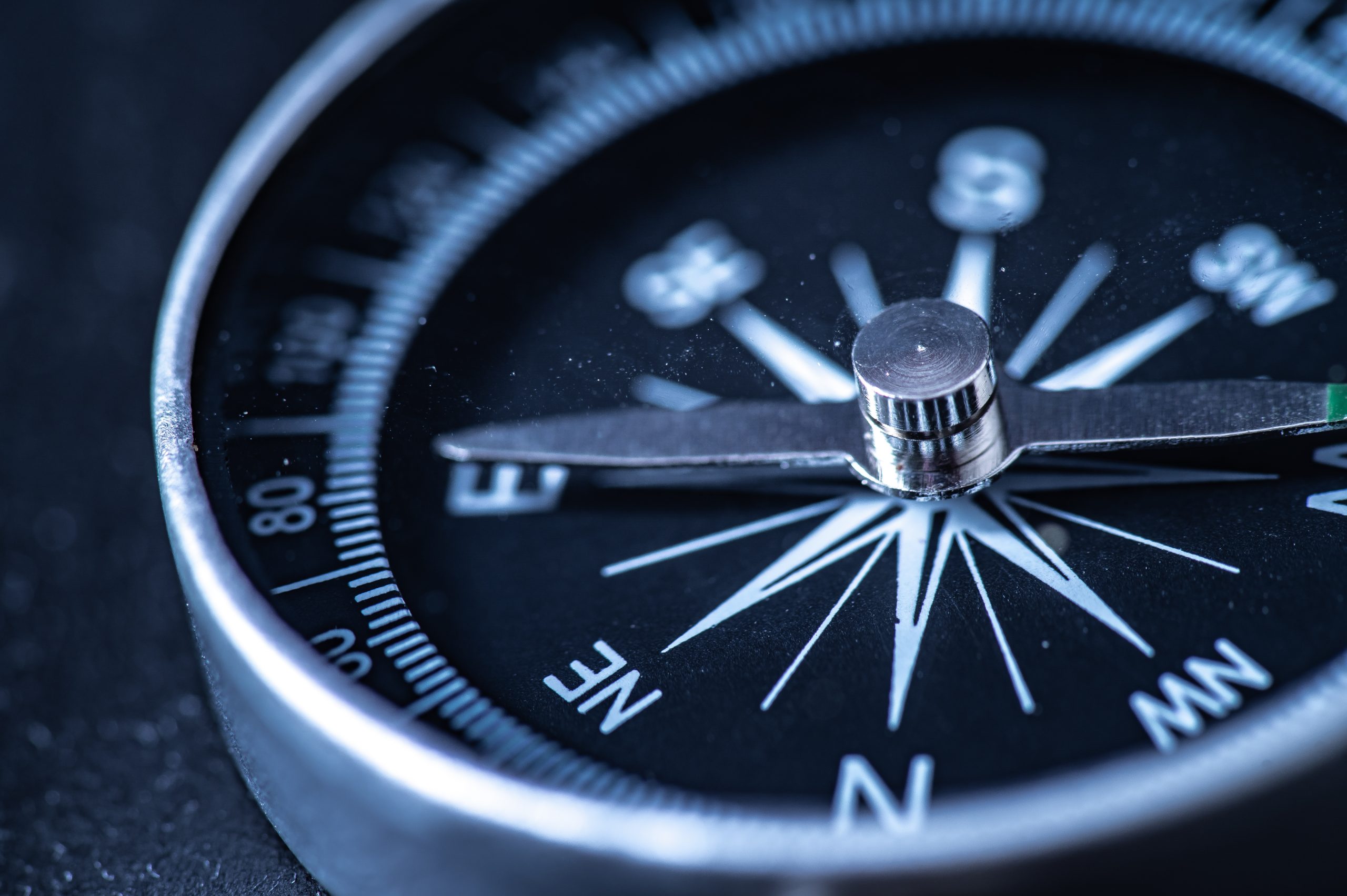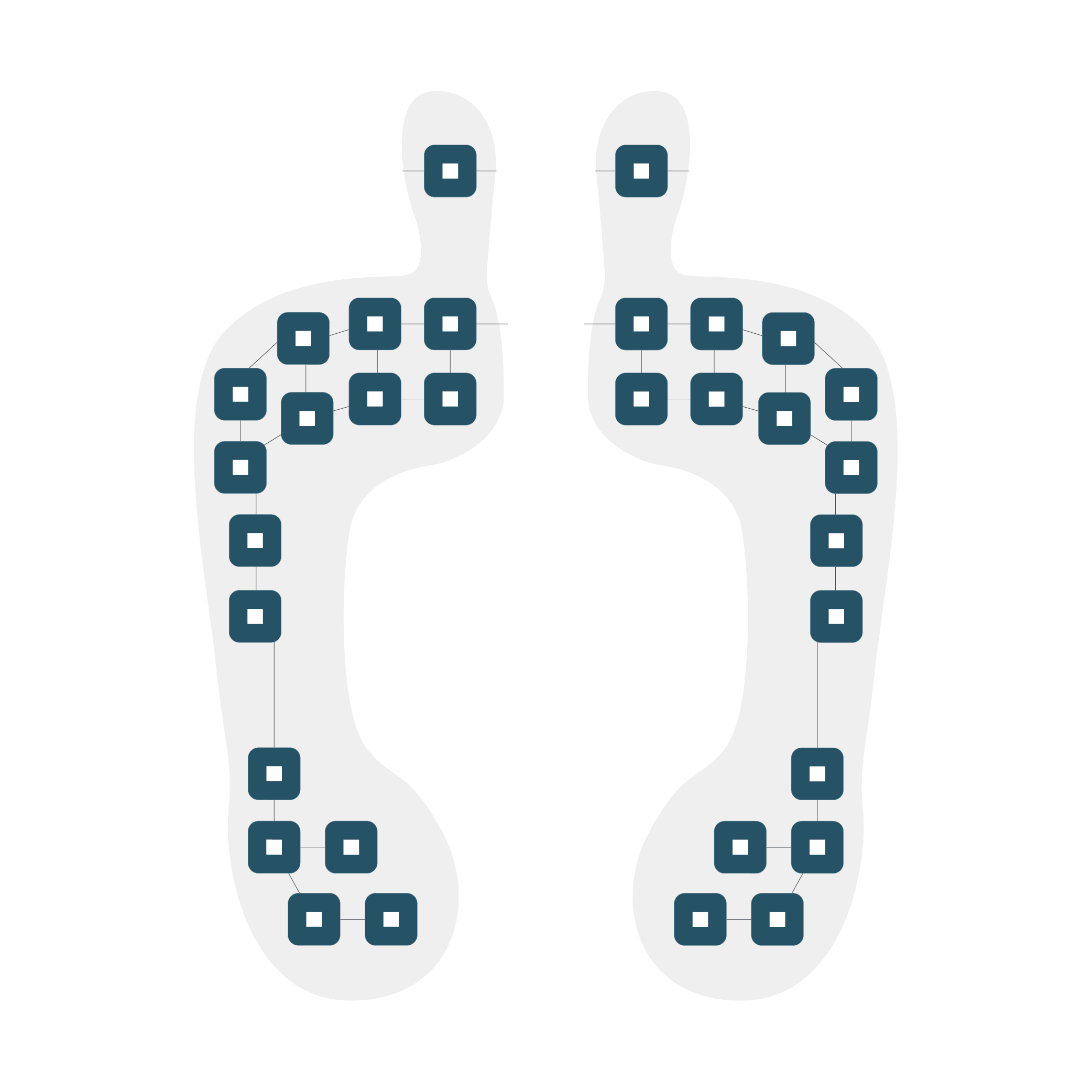IMUs (Inertial Measurement Units) measure acceleration, angular velocity and magnetic fields. When these measurements are combined, they help us determine the motion and orientation of an object.
IMUs consist of three main inertial sensing components: an accelerometer, a gyroscope, and a magnetometer. When combined, these three components offer data that provide a comprehensive view of the system on which they are installed.
A Microelectromechanical System (MEMS) is one that combines mechanical and electrical components, as their name suggests they range in size from a few micrometers to millimeters. MEMS are fabricated using semiconductor fabrication techniques. This technology exploits the mechanical properties of silicon to integrate mechanical structures that can sense acceleration, rotation, angular rate, vibration, displacement, heading and other physical and environmental properties.
Accelerometers
A MEMS accelerometer uses a microstructure suspended by springs to allow movement in response to acceleration.
As the accelerometer experiences acceleration, the mass within resists motion due to its inertia, creating an electrical output like voltage or current.
By combining readings from its three axes (x, y, and z), corresponding to left-right, up-down, and forward-backward directions, respectively, the accelerometer can accurately determine an object’s motion and orientation in three-dimensional space. This also enables it to characterize and monitor shocks and vibrations.
Gyroscopes
When things rotate around an axis, they have what is called angular velocity, this is what a gyroscope measures.
A MEMS gyroscope uses a vibrating structure to determine the rate of rotation (i.e., angular velocity), based on the measure of the Coriolis force exerted during the rotation. The Coriolis force is an inertial one exerted on objects in motion/rotation, it makes an object appear to deviate from its path, but in reality it does not.
If you tilt a gyroscope forward, it senses an apparent force pushing it in a direction perpendicular to both the rotation axis and the direction of the force you applied. The forward tilt will causes it to move sideways to maintain its original orientation.
Magnetometers
A magnetometer relies on the Earth’s magnetic field to determine the host object’s orientation relative to the Earth’s magnetic North. When the IMU is properly calibrated, the magnetometer can detect the direction of the Earth’s magnetic field.
As the IMU-equipped object moves or rotates, the magnetometer senses this movement. Changes in the magnetic field components along the x, y, and z axes can be related to angular variation with respect to Earth’s magnetic north.
An Attitude and Heading Reference System (AHRS) uses magnetometers in conjunction with accelerometers and gyroscopes to provide a more comprehensive and accurate orientation estimation. Gyroscopes measure angular velocity, while accelerometers measure linear acceleration. By combining data from all three sensors, the IMU can track the object’s position, orientation, and movement in three-dimensional space.
Sensor Fusion and Data Integration
Challenges and Limitations
IMUs are prone to errors that accumulate over time, which is referred to as “drift”. Because the sensor-enabled device is always measuring changes relative to itself (rather than triangulating against an absolute or external device), it constantly rounds off small fractions when calculating and this accumulates over time. If left uncorrected, these tiny imprecisions can add up to significant errors that affect orientation estimation.
Inertial sensors can be used to compensate for each other’s shortcoming, for example, while gyroscope drift can lead to accumulated errors, an accelerometer is useful in helping to mitigate this effect.
Sensor Fusion Algorithms
IMU sensor fusion is the stuff of rocket science. Sensor fusion algorithms play a pivotal role in enhancing the accuracy and reliability of information gathered by devices equipped with multiple sensors. These algorithms intelligently combine data from various sensors, creating a unified and comprehensive representation of the device’s environment.
Doing so helps to filter out redundant and conflicting data, resulting in a more refined and precise understanding of the environment. One of the most well-known algorithms is the Kalman Filter. Think of it as an algorithm that can estimate observable and unobservable factors with high accuracy in real-time. These estimates are used to make precise predictions and decisions.
Applications of IMU Sensors
IMUs find a wide range of applications in both industrial and wearable contexts, owing to their compact size, reliability, and cost-effectiveness.
Industrial IoT Applications
Vibration Monitoring: All machinery vibrates, however, monitoring excess vibration helps to discover looseness, misalignment, or bearing wear in assets prior to failure. Vibration monitoring devices use IMU to measure changes in amplitude, frequency, and intensity of forces that damage equipment. The sensor data is also used in predictive maintenance scheduling, so equipment is not subject to costly and extensive downtime.
Structural Health Monitoring: IMUs are used in industrial equipment and structures to monitor vibrations and movements. By detecting changes in acceleration and tilt, IMUs can provide early warning signs of potential structural issues, enabling timely maintenance and preventing catastrophic failures.
E-Mobility & Autonomous Vehicles: IMU sensors are integral components of self-driving cars and e-mobility solutions like e-bikes. IMUs form the backbone of Inertial Navigation Systems (INS) that control commercial and military vehicles. IMU can be integrated with vehicle tracking systems to obtain highly accurate information about the behavior of the vehicle. By combining IMU data with inputs from other sensors like GPS, cameras, and lidars, these vehicles can accurately determine their position, orientation, and velocity, allowing for safer, more efficient navigation.
Wearable Applications
Motion Capture and Animation: In the entertainment and motion capture industries, IMU sensors are employed to track and replicate human or object movements accurately. The captured data is then processed by specialized software to create a 3D representation of the movements, which can be applied to animated characters, virtual avatars, or objects in video games, films, or VR simulations.
Biomedical Field: In the biomedical field, IMUs are applied for gait analysis, a crucial aspect of biomechanics research and clinical assessment. Gait analysis involves studying human walking patterns to understand how numerous factors, such as injuries, neurological disorders, or prosthetic interventions, affect a person’s ability to walk.
With this data, clinicians and researchers can assess various aspects of the patient’s gait, identify abnormalities, and monitor the progress of rehabilitation or treatment.
Fitness and Sports Programs: IMU-based wearables are also used in sports biomechanics to assess and optimize the performance of athletes. By analyzing the parameters such as precise angles, swings, or gait patterns of athletes during various activities, coaches and sports scientists can identify areas for improvement. In this case study, Olympic-level archers were fitted with IMU sensors to record their technique, which uncovered beneficial insights that help to enhance their performance.
Conclusion
The role of IMU technology across industries cannot be overstated. They are present in industrial operations, providing essential real-time data to augment safety measures, and equipment efficiency. They also directly contribute to improving our lives by enabling medical professionals to develop therapies based on personalized insights.
To learn more about the topics of IMU sensors, sensor fusion and TinyML, explore these free whitepapers that are available as part of our learning resources.

